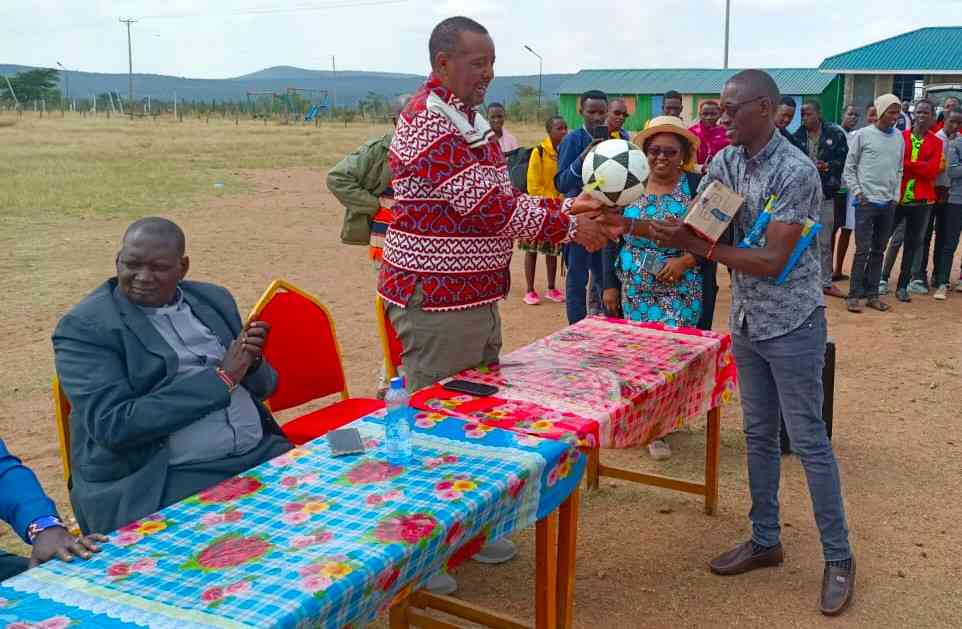 |
|
El-molo community. |
By BEATRICE WAMUYU
Kenya has 68 languages, according to Ethnologue, a research project that has documented and catalogued world languages since 1951.Of these, Singa, which was spoken on Rusinga Island, is listed as extinct. This means no one speaks it today.
Researchers do not know how all these languages, and others in the world, started. There is no tangible evidence about their origin, which has frustrated researchers for centuries.
“For all its power to wound and seduce, speech is our most ephemeral creation; it is little more than air. It exits the body as a series of puffs and dissipates quickly into the atmosphere. There are no verbs preserved in amber, no ossified nouns, and no prehistorical shrieks forever spread-eagled in the lava that took them by surprise,” said Christine Kenneally, expressing this frustration in the text The First Word: The Search for the Origins of Language.
What is known, however, is that our ancestors built on the early primitive form of communication to create the complex 67 languages that are surviving today. Although we do not know where the languages came from, we know where they are going.
According to Ethonologue, 14 of these languages are institutional, 31 are developing (in vigorous use, with literature in a standardised form being used by some though this is not yet widespread or sustainable) and 16 are vigorous (for face-to-face communication by all generations and the situation is sustainable).
Three are in trouble while three others are dying.
Although Kenyan communities are officially recognised as 42, some of these are groupings such as the Kalenjin and the Luhyia speak different variants. This explains why the total number of languages is recognised as 68.
The United Nations Educational, Scientific and Cultural Organisation (Unesco) says five Kenyan languages are endangered. These are El Molo, Yaaku, Ogiek, Omotik and Suba.
El Molo has few remaining speakers, although some revitalisation is taking place. Most of the original speakers and their children now speak Samburu.
Many children of Ogiek now speak Maasai, and a few Gikuyu. The Omotik language spoken by people who live in Narok is being absorbed by Kalenjin dialects and Maasai, according to Ethnologue.
Yaaku is spoken by hunters and gatherers who live in the Mukogodo Forest in Laikipia, and is being absorbed by Samburu.
Unless something is done to preserve these Kenyan languages, the unique culture and rich history that they hold will forever be lost.
Stay informed. Subscribe to our newsletter
 The Standard Group Plc is a
multi-media organization with investments in media platforms spanning newspaper
print operations, television, radio broadcasting, digital and online services. The
Standard Group is recognized as a leading multi-media house in Kenya with a key
influence in matters of national and international interest.
The Standard Group Plc is a
multi-media organization with investments in media platforms spanning newspaper
print operations, television, radio broadcasting, digital and online services. The
Standard Group is recognized as a leading multi-media house in Kenya with a key
influence in matters of national and international interest.
 The Standard Group Plc is a
multi-media organization with investments in media platforms spanning newspaper
print operations, television, radio broadcasting, digital and online services. The
Standard Group is recognized as a leading multi-media house in Kenya with a key
influence in matters of national and international interest.
The Standard Group Plc is a
multi-media organization with investments in media platforms spanning newspaper
print operations, television, radio broadcasting, digital and online services. The
Standard Group is recognized as a leading multi-media house in Kenya with a key
influence in matters of national and international interest.









